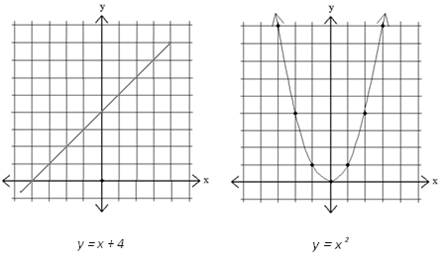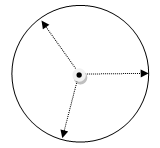S5-1: Plan and conduct surveys and experiments using the statistical enquiry cycle: determining appropriate variables and measures; considering sources of variation; gathering and cleaning data; using multiple displays, and re-categorising data to find patterns, variations, relationships, and trends in multivariate data sets; comparing sample distributions visually, using measures of centre, spread, and proportion; presenting a report of findings.
This means that students will use the statistical enquiry cycle to plan and conduct investigations. The cycle has five phases that relate to each other. Some enquiries follow these phases in sequence but often new considerations mean that a statistician must go back to previous phases and rethink. The phases are:

